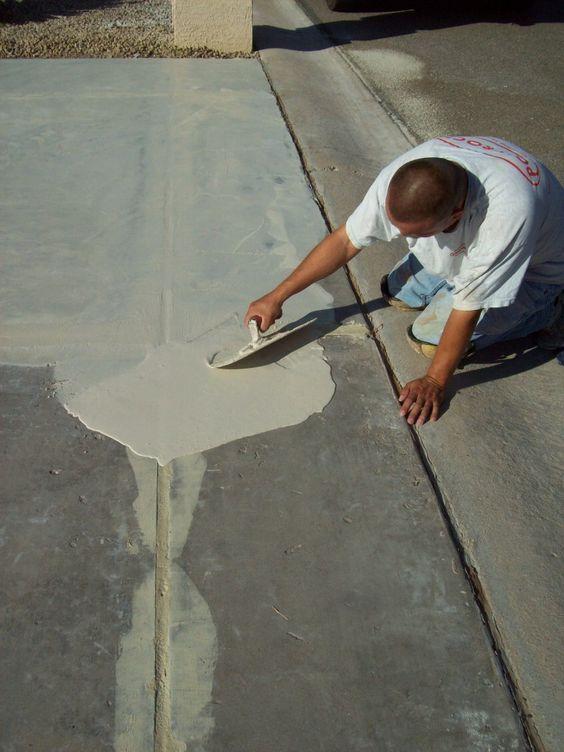Gravestone QR Codes: A Modern Way to Honor Loved Ones
In a world where technology continuously changes how we interact with the world, even the most traditional aspects of life, such as memorializing loved ones, are evolving. While gravestones have long served as a permanent reminder of those who’ve passed, a growing trend is bringing a new, digital element to these markers: QR codes. Gravestone QR codes are now being used to honor and celebrate the lives of loved ones in a modern and interactive way, combining the traditional with the digital.
This innovative method allows friends and family members to connect with the memories of those they’ve lost, and it provides a lasting tribute that transcends time. So, how exactly do these QR codes work, and why are they becoming increasingly popular in memorialization? Let’s dive in.
1. What Are Gravestone QR Codes?
QR codes, or Quick Response codes, are two-dimensional barcodes that can be scanned with a smartphone to quickly access information. You’ve likely encountered QR codes on advertisements, tickets, or even product packaging. However, in the context of gravestones, a QR code is engraved directly onto the stone, often placed in a discreet location on the marker.
When scanned, the code links to a digital memorial or tribute page. This could include a biography, photos, videos, personal stories, or even a memorial video message from the deceased’s loved ones. Some QR codes even lead to social media accounts or charity donation pages in memory of the individual.
By scanning the code with a phone, visitors to the grave can learn more about the person’s life, celebrate their accomplishments, and feel connected to the memories they left behind.
2. A Digital Memorial: Preserving Memories for Generations
One of the most compelling reasons why QR codes are becoming an attractive option for gravestones is the ability to preserve and share memories digitally. Traditional gravestones often offer limited space for personal details, leaving only the basics—name, birth and death dates, perhaps an inscription or two. However, a QR code can store an almost infinite amount of information.
For example, a visitor can scan the code and be directed to a website dedicated to the person’s life story. This site might feature a timeline of their life, highlight their achievements, and allow family members to contribute memories or stories. Photos, videos, and even recordings of loved ones telling anecdotes can be shared, offering a rich, multi-dimensional remembrance that a traditional stone inscription simply cannot.
This digital approach ensures that the person’s story is not only preserved for future generations but also made accessible to anyone who wants to learn more, no matter how much time has passed since their death.
3. Creating an Interactive Memorial Experience
A key benefit of gravestone QR codes is the ability to create an interactive memorial experience. Visitors to the grave can use their smartphones to engage with the deceased’s legacy in a way that feels more personal and active than simply reading an inscription.
For example, instead of just reading a brief line about their hobbies, visitors can access a video of the person’s favorite hobby in action or hear a story about how they got involved with it. Imagine a grandparent’s gravestone that, when scanned, plays a recording of them reading their favorite children’s story or telling a funny memory about their grandkids. These small personal touches make the experience of visiting the grave more meaningful and allow people to feel a closer connection to the person.
This kind of engagement can also help those who are grieving. It provides an outlet to relive happy memories and feel a sense of presence with the loved one who has passed. The connection doesn’t end at the grave—it extends through technology to continue fostering those bonds.
4. A Practical Solution for Those Far Away
For people who live far from the burial site, visiting a loved one’s grave can be difficult, if not impossible, especially with busy schedules, travel restrictions, or other life circumstances. QR codes on gravestones offer a solution by providing a way to honor the deceased and share their story remotely.
Family members who are unable to visit the grave regularly can still engage with the memorial in a meaningful way. They can scan the QR code from anywhere in the world and access the tribute page. This makes it possible for people to maintain a connection, even when distance or time prevents them from being physically present.
Additionally, friends or distant relatives who may not have had the chance to meet the deceased in person can learn about their life and legacy through the digital memorial. This increases the reach and impact of the tribute, offering a chance for people to honor the deceased in ways they may not have been able to before.
5. A Sustainable and Low-Maintenance Option
QR codes are not only an emotional and interactive tool—they’re also an environmentally friendly and low-maintenance addition to gravestones. Unlike flowers or other temporary memorial items, QR codes do not require maintenance or replacement. Once engraved into the gravestone, they remain accessible indefinitely, as long as the website or digital content they link to remains active.
This digital memorial method is also eco-conscious. It doesn’t involve the production of physical materials or objects that might eventually need to be replaced or thrown away. It’s a sustainable way to honor loved ones, leaving behind a lasting tribute without any of the environmental costs that come with traditional memorialization practices.
6. How to Get a QR Code on a Gravestone
Incorporating a QR code on a gravestone is relatively simple, and more funeral homes and cemeteries are beginning to offer this service. Many funeral providers allow families to design custom QR codes, which can be linked to a dedicated online page or memorial. The process usually involves selecting the type of content you want to share—whether it’s photos, videos, personal stories, or links to social media pages—and then working with the stone carver to have the QR code etched onto the gravestone.
Once the code is in place, families can continue to update the digital memorial as needed, keeping the tribute fresh and relevant for years to come.
7. The Future of Memorialization
As technology continues to develop, QR codes on gravestones may become just one of many ways to honor and celebrate the lives of our loved ones. From augmented reality memorials to interactive 3D tributes, the potential for how we memorialize people is growing rapidly.
Gravestone QR codes are a small but powerful step in a new direction—blending the physical and digital worlds to create a more immersive, personalized experience of remembrance. It’s a way to celebrate not only the person’s life but also the impact they had on those around them, leaving behind a legacy that will be accessible for generations to come.
Conclusion: Embracing the Future of Remembrance
Gravestone QR QR Code Friedhof s represent a beautiful, modern way to honor loved ones. They offer a unique blend of tradition and technology, allowing family and friends to share stories, memories, and experiences long after the person has passed. With their ability to provide rich, interactive memorials and ensure that memories are never forgotten, QR codes are changing the way we remember those who have left us.
In a world that is increasingly digitized, it only makes sense that the way we commemorate our loved ones would evolve too. With a QR code, the legacy of a person is no longer confined to a physical marker—it’s something that can be experienced, shared, and cherished by anyone, anywhere, for years to come.






